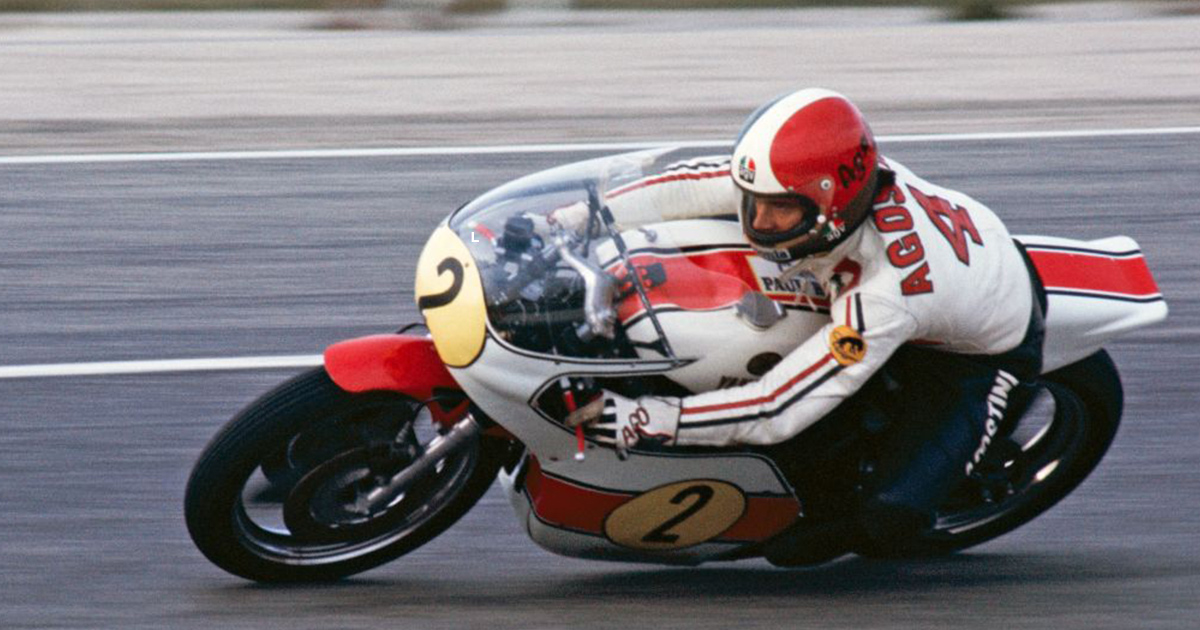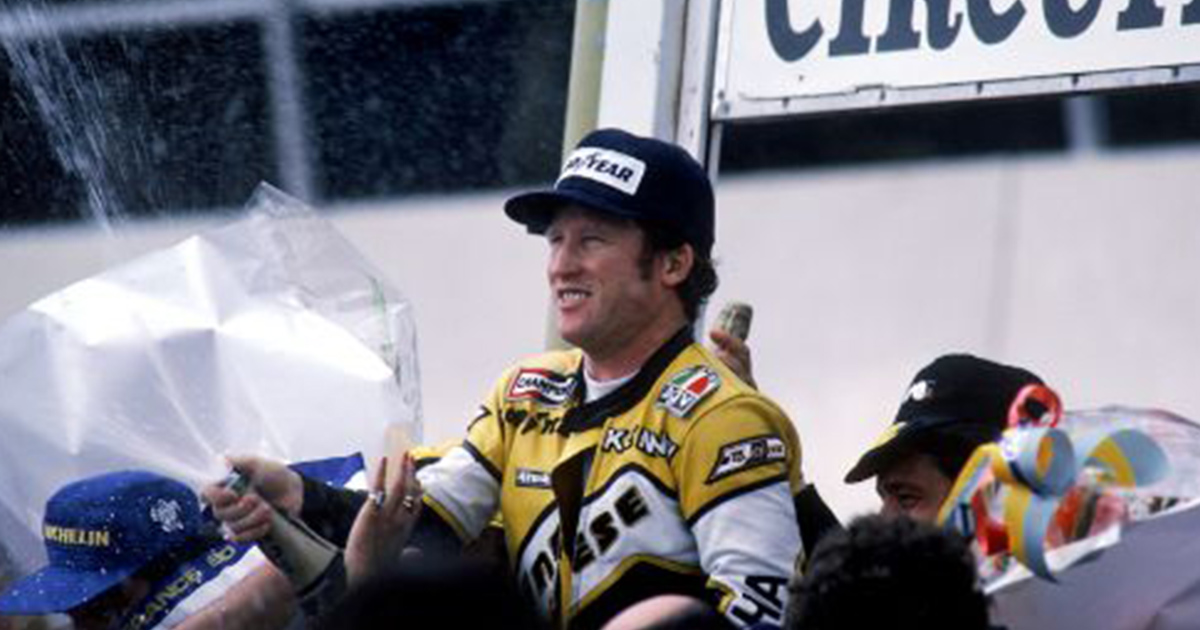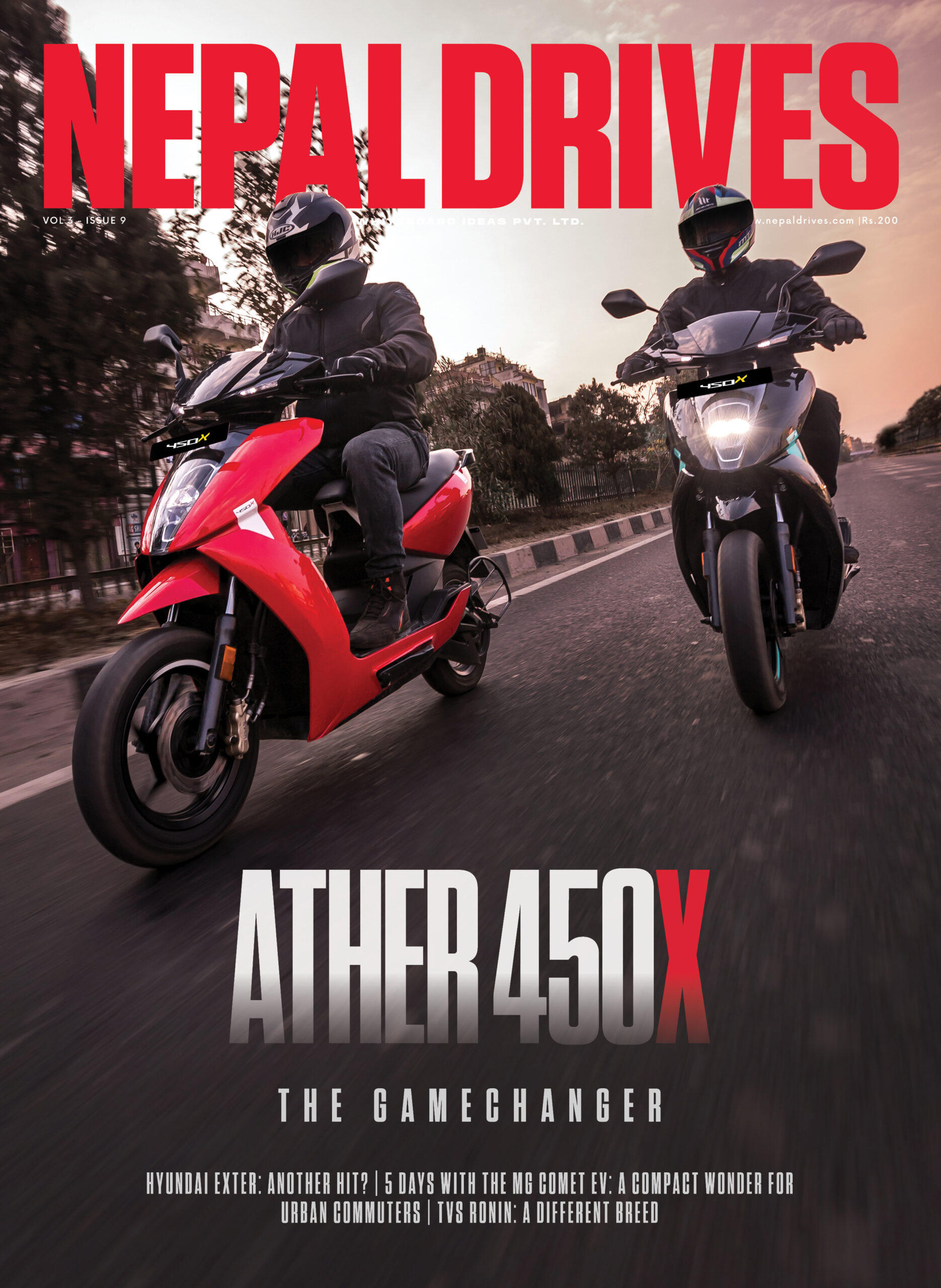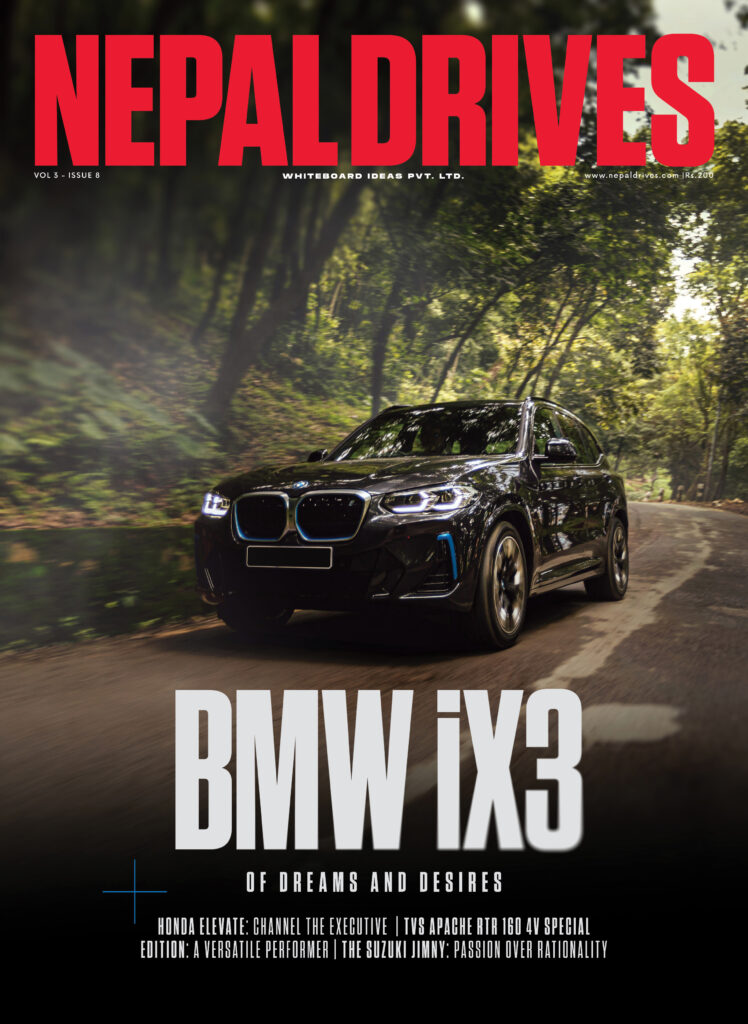Yamaha’s Glorious Racing Heritage: The 1970s – Writing The Yamaha Name In The History Books
Share



In the 1960s, Yamaha fully embraced motorsports culture, dedicating itself to learning, training, and refining its technology. Their pursuit of victory in the motorcycle racing world led to a remarkable journey.
In the second installment of a six-part series, we’ll take you on a thrilling ride through the roaring ’70s, a decade that saw Yamaha redefine what it meant to be a motorsports powerhouse. From exciting wins on iconic tracks to groundbreaking innovations that changed the game, Yamaha’s domination in this era was legendary.
Honda and Suzuki withdrew from Grand Prix racing at the end of the 1967 season. After Yamaha dominated the 125 and 250cc classes the following year, it also suspended its factory effort in GPs. However, Yamaha maintained a presence in the series throughout this period by developing and offering production road racers that several privateer teams and riders used to win numerous titles.
Yamaha’s passion for road racing was still there. It continuously improved its production racers and introduced special racing parts and advanced-development models to support talented riders such as Phil Read, Jarno Saarinen and Kent Andersson in the 350cc, 250cc and 125cc class.
 Saarinen racing the YZR500 in the Yamaha factory team’s first season in the premier 500cc class
Saarinen racing the YZR500 in the Yamaha factory team’s first season in the premier 500cc class
In 1973, Yamaha returned to the Grand Prix paddock as a factory team and began competing in the premier 500cc class, winning the Constructor title in its second year. In December 1973, Italian racing hero and seven-time 500cc World Champion Giacomo Agostini joined the Yamaha factory team. The Yamaha rider Giacomo Agostini rode the TZ750 to consecutive victories in the Daytona 200 and Imola 200 and followed up with wins in the 500cc class of the Grand Prix World Championship in Austria and The Netherlands.
 Giacomo Agostini racing his YZR500 clad in red and white
Giacomo Agostini racing his YZR500 clad in red and white
That same year the TZ350, TZ250 and TA 125 production racers performed spectacularly, helping Yamaha to win the Constructor Championship title in four classes (125cc, 250cc, 350cc and 500cc). Agostini and Kanaya comprised the factory team the following year in 1975. Once again piloting the YZR500, they battled against Phil Read on the MV Agusta, the Suzukis of Lansivuori, and British star Barry Sheene, with Agostini coming out on top to win the title. For Agostini, it was his first championship triumph since his 350cc title for MV Agusta in 1973 and Yamaha’s first 500cc premier-class Rider title.
The arrival of the YZR500 (0W35K) (with improved power across the range thanks to the Yamaha Power Valve System (YPVS), which controlled exhaust timing to eliminate torque dips in the powerband, in 1977 and “King” Kenny Roberts, who took the place of Giacomo Agostini in 1978 and had a unique riding style, Yamaha had a formidable combination. Roberts had secured Yamaha the 500cc World Champion title three years in a row by 1980.
 Kenny Roberts won his third straight title in 1980
Kenny Roberts won his third straight title in 1980
Roberts had a dirt track racing background from his years in the AMA and a then-unique riding style in which he hung off the bike through corners. He also brought his own motorhome to each round, and in these ways, he slowly went on to change the norms of GP racing and its paddock culture.
Then in 1979, Honda returned to Grand Prix for the first time in 11 years, and with Suzuki also upping its own efforts, Grand Prix racing in the 1980s became a battle among the Japanese manufacturers for wins and titles.
The 1970s: Writing The Yamaha Name In The History Books
1970: Rodney Gould wins the championship on a production racer
1971: Fifth manufacturer’s title for Yamaha in the 250cc class
1972: Saarinen takes the championship title
1973: Yamaha begins championship campaign in the pinnacle 500cc class
1974: Giacomo Agostini joins the Yamaha team
1975: Double title in the 500cc class
1976: Yamaha suspends activities as factory team
1977: Yamaha returns with works teams
1978: Roberts takes the championship title
1979: Roberts takes consecutive titles
Stay tuned for more thrilling chapters in Yamaha’s racing history!
Source information and imagery: Yamaha












